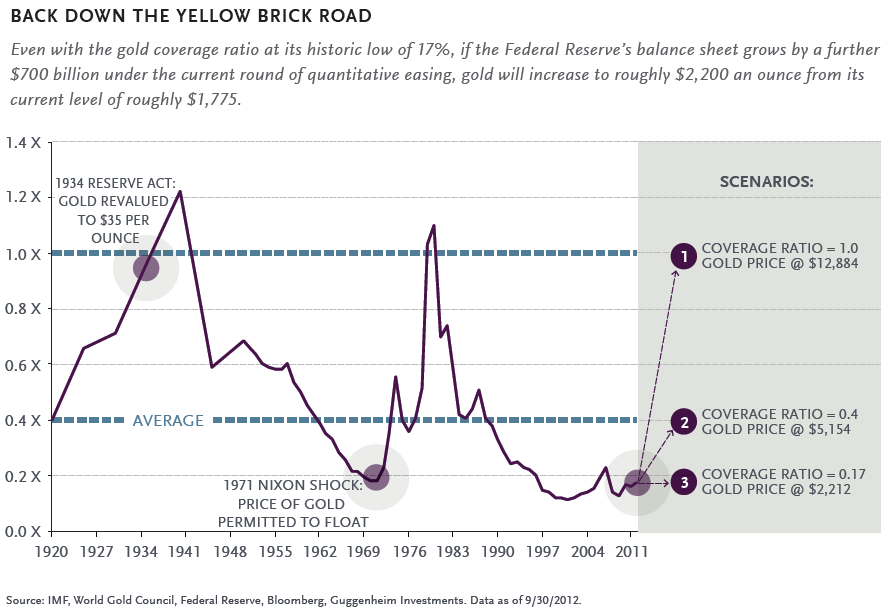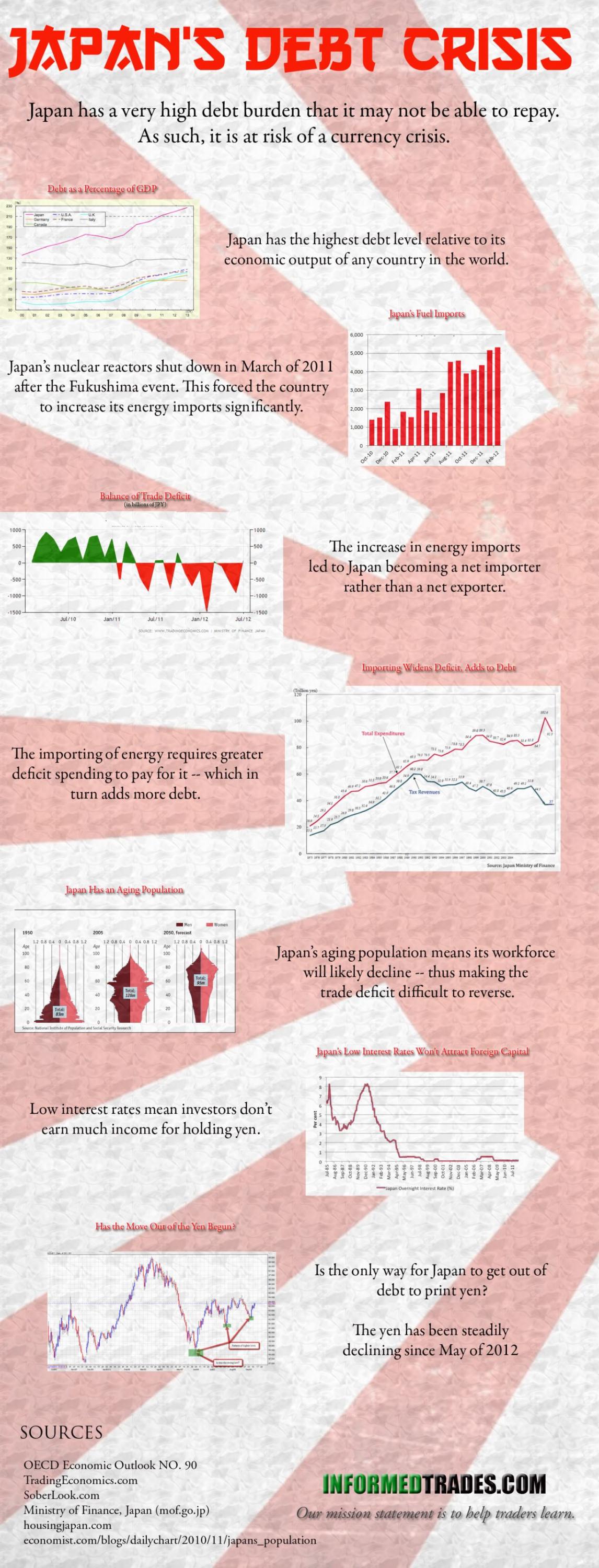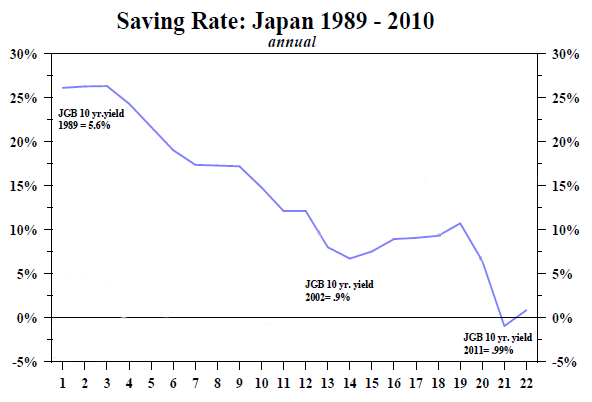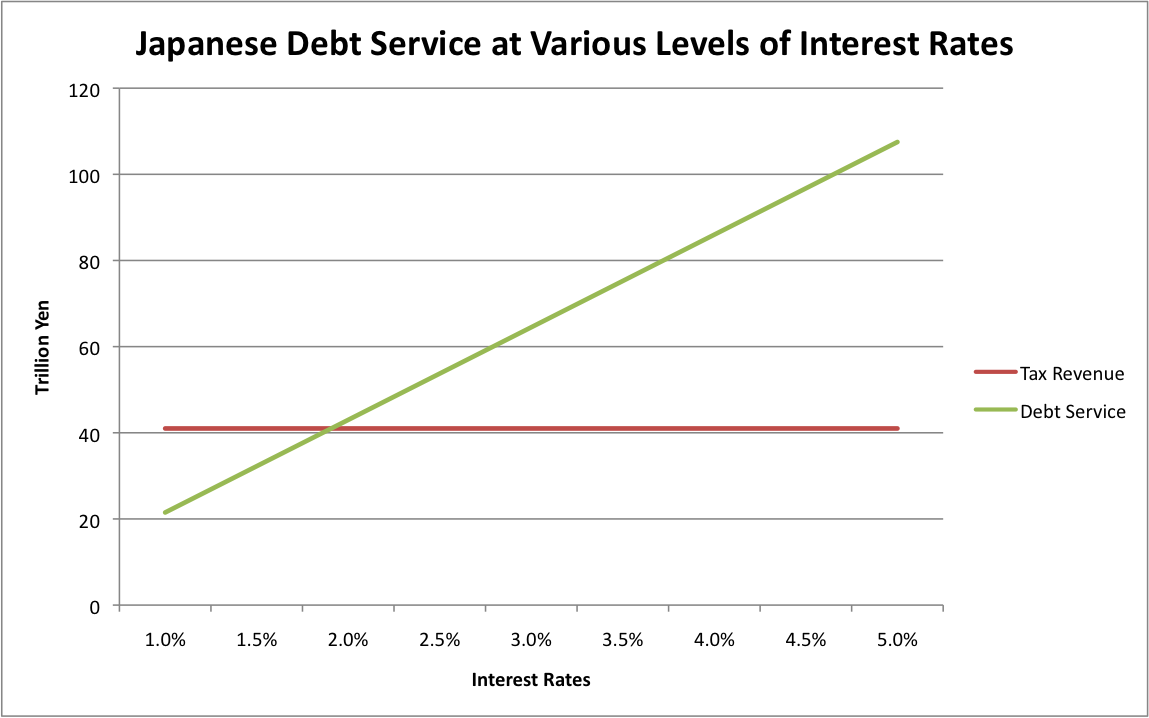There have been decades of debate in finance over gold – long before the recent, rapid rise in gold prices. Some see gold as a way to diversify into an asset with less direct correlation to the overall market. Others view gold as no more than a lump of yellow metal. It produces no cash flows. How can it be possibly worth anything?
In a way, the naysayers are right. Gold does not produce any cash flows, so that naturally makes it suspect. If someone were trying to sell me a stock that produces no cash flows and never will, I’d tell him where to stick that stock –and let me tell you it wouldn’t be inside my brokerage account.
However, any company faces this same problem with its products. Take Apple, for example. Does Apple produce cash flows and dividends? Of course it does. At the same time, its products don’t do anything… they’re not much different than a lump of gold. No, I’m not crazy. Your Apple iPad does not produce cash flows. Not a single cent – just like an ounce of gold. Of course, Apple sells iPads to make cash flows and dividends, but really the same is true with gold. Newmont Mining and Barrick Gold also earn cash flows and pay dividends as well by selling their product: gold.
However, there’s a reasonable objection to this point. A gold-hater might say, “Wait, I’m still right. Gold is stupid. It’s just a block of metal. An iPad is actually useful and fun.” True, but who is to judge the preferences of others? Gold might be stupid in some people’s eyes, but maybe purchasing an $800 iPad is stupid in others’. Personally, I think that they’re way too expensive. I like the iPad, but at its current price, I could go the rest of my life without owning one.
The world is full of products which someone else finds dumb. Here’s another example: Louis Vuitton purses retailing for $3,000. In my personal opinion, if you’re spending that kind of money on a purse, you’re an idiot. Does that mean that I would never invest in Louis Vuitton? Even though I personally think these purses are dumb, my opinion doesn’t change the fact that others continue to buy them. Hence, at the right price, I wouldn’t mind owning shares of the company. The marketplace is not about just betting on products that you think are great, but investing in products that others find worthwhile.
This is what the anti-gold crowd doesn’t get. Even if you think that gold is pointless, a whole lot of other people in the world think otherwise – and they are going to keep buying gold as they have been doing for thousands of years. When times get tough and inflation rises, people will buy even more gold. Maybe they’ve all lost their minds, but that won’t change the end result of skyrocketing gold prices. Many societies values precious metals, and they will continue to do so.
However, the same can’t be said of many other products. If I buy a $3,000 purse for my wife and a new iPad, what will those be worth in 10 years? The purse will probably end up in a thrift shop, and I won’t be able to give the iPad away to a homeless man within a decade. With gold, it’s different. If you buy an ounce today, it’s going to worth something a decade from now. Maybe it’ll be worth $5,000 an ounce… or maybe $200, as the naysayers believe. But it certainly won’t be worthless.
Even stocks won’t necessarily keep their value. Sure, Apple’s cash flows and dividends seem stable now, but where are they going to be in a decade? That’s a long, long time in the world of tech. Are you sure that they’ll just keep making amazing product after product? I wouldn’t bet on it. Maybe the stock won’t be completely worthless in ten years, but what about a more distant time frame?
Would you bet against me in the following proposition? I bet that in 500 years, gold will still hold some value, while Apple’s stock will not. Few companies have retained any value over 500 years. In any time in history with almost any company, I would come out ahead in that bet. The odds are overwhelmingly in my favor.
But there’s a problem with my bet – besides the fact that both bettors will dead in 500 years. What are we going to bet: $1,000, $50,000, or maybe even a billion dollars? Do those stakes sound too high to you? They don’t sound very high to me… have I gone even crazier? No; the crazy person is the one who would accept the bet in US dollars.
Even if you’re really optimistic about the country’s immediate future, the long-run track record of fiat paper currencies is pretty bad. Those dollar bills might be worth something in 500 years – in a museum, but not on the street. Even at a low inflation rate of 2% over 500 years, a million dollars will have the purchasing power of a little over $50 today.
Look, maybe you still think that gold is stupid – and that’s fine. But the fact of the matter is that much of the rest of the world doesn’t. In fact, the world has valued gold for the last few thousands of years. This perception has survived wars, recessions, plagues, and natural disasters. Just like some people will keep spending money on expensive purses they don’t need, others will keep buying gold that just sits in a vault and does nothing. Maybe the gold naysayers are right that buying gold is silly, but that’s not going to stop people from doing it.
So, here’s the conundrum for the anti-gold crowd. If everyone keeps buying gold regardless of what happens, is it really so stupid to own it? Hey, I think that paper money is the dumbest thing on earth, but that doesn’t stop me from using it. Getting the market right is all about figuring out what other people want, rather than being swayed by your personal biases. As a result, even if you personally think gold is stupid, it still is a smart investment.
by Vedran Vuk









